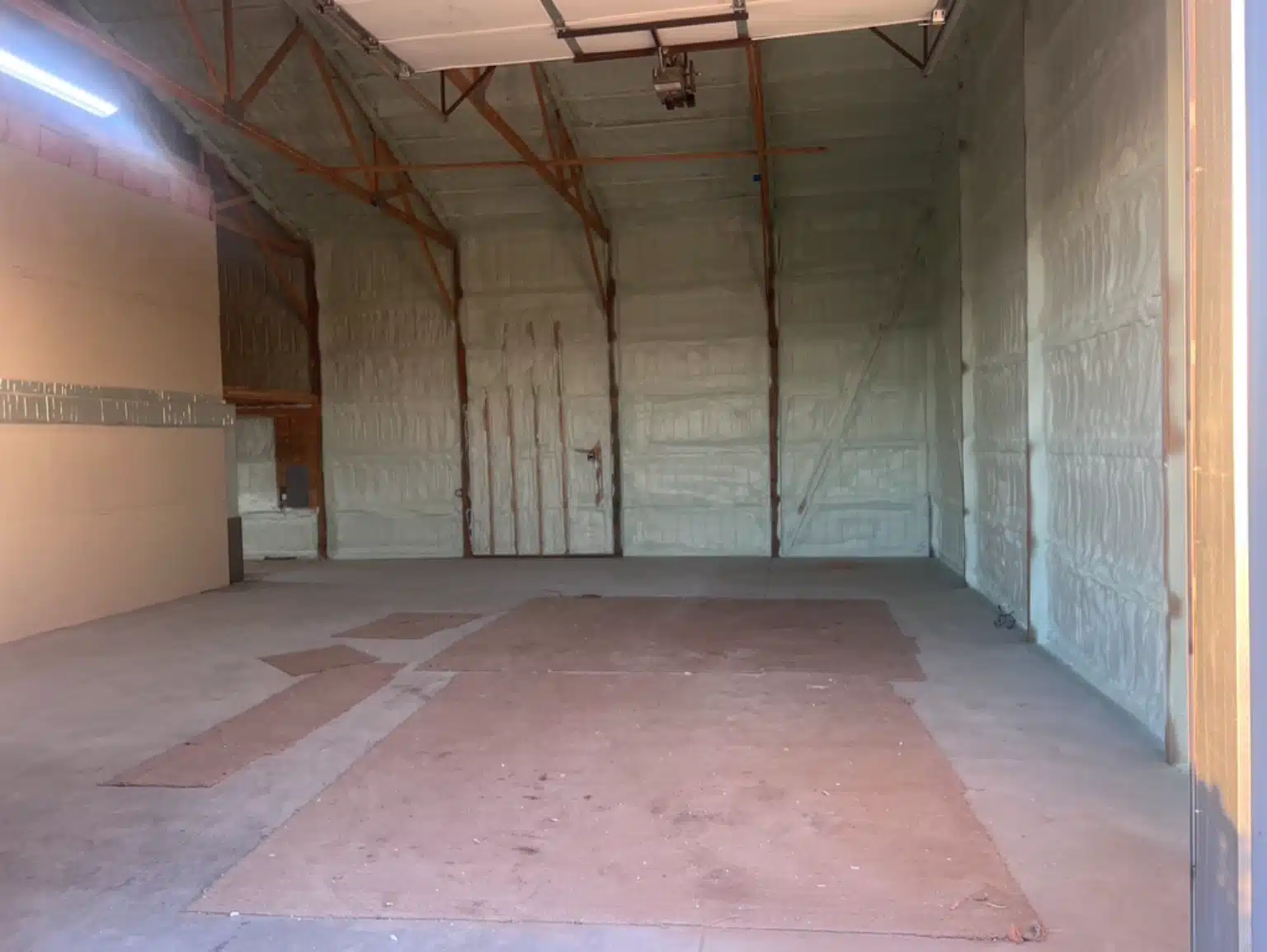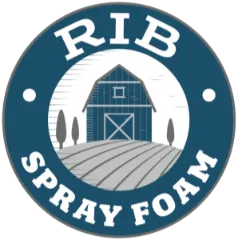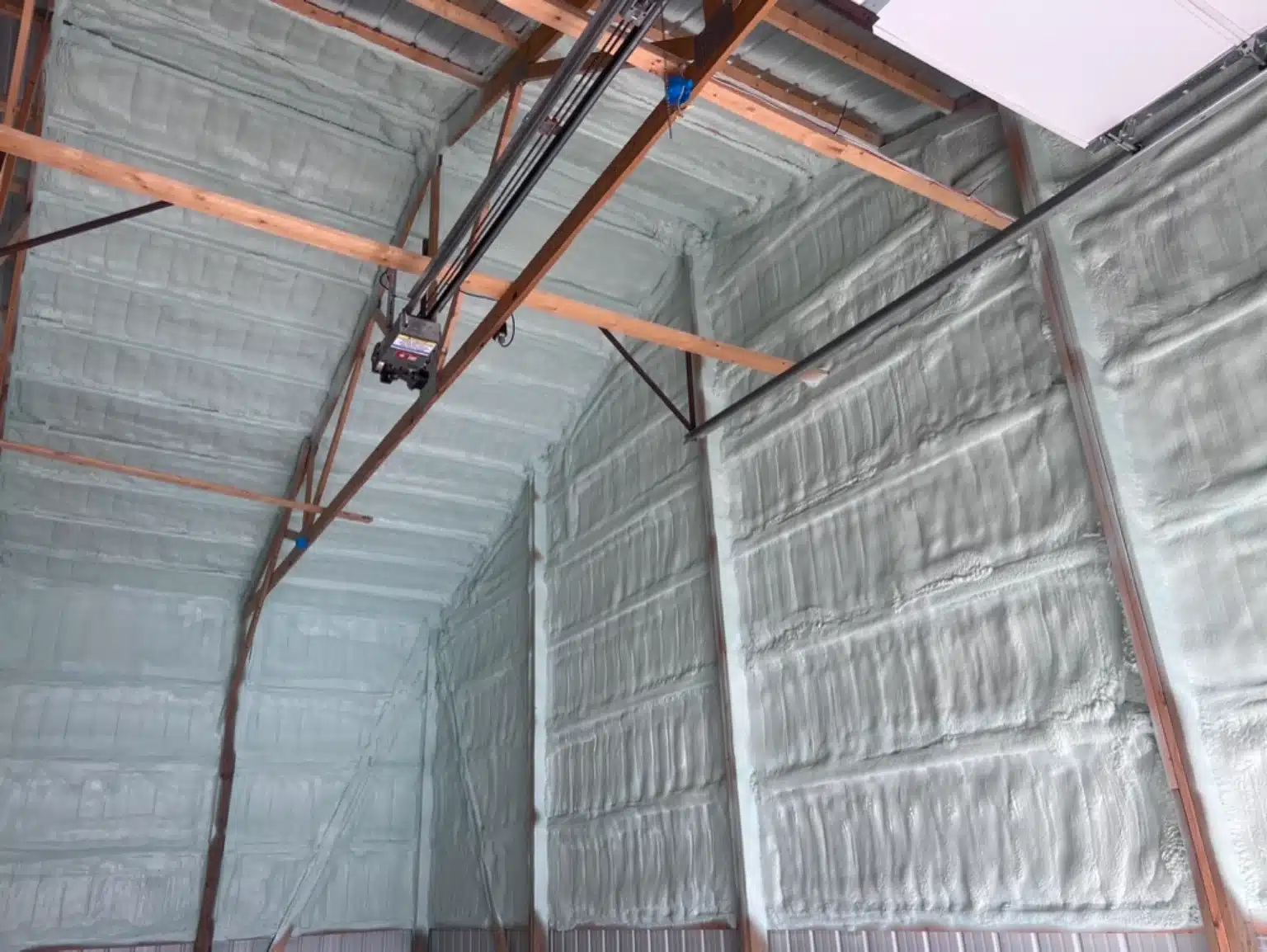Spray foam insulation is replacing fiberglass and cellulose across homes in Sterling, CO for one key reason: better performance in Colorado’s variable climate. With high summer temperatures, freezing winters, and frequent wind exposure, many homeowners are choosing spray foam for its superior air sealing, moisture resistance, and energy efficiency.
Closed cell spray foam in particular delivers insulation and structural strength in one application. Unlike traditional materials, it forms a rigid barrier that limits airflow and condensation, reducing heating and cooling loads. This article outlines the practical differences, performance data, and important considerations behind this growing trend.
Rib Spray Foam Company brings over a decade of experience working with Sterling homes and understands the material requirements for local conditions. All content is drawn from field-tested applications across residential, agricultural, and new construction properties.
Performance Gains Are Driving the Switch
Homeowners cite consistent indoor temperatures and lower energy bills as their primary reasons for upgrading. Spray foam stops drafts at the source inside walls, floors, and attics where most air loss occurs.
| Feature | Spray Foam Insulation | Fiberglass Batts | Cellulose Blown-In |
|---|---|---|---|
| Air Sealing | Excellent | Poor | Moderate |
| R-Value per Inch | 6.0 – 7.0 (Closed Cell) | 2.9 – 3.8 | 3.2 – 3.8 |
| Vapor Barrier | Yes (Closed Cell) | No | No |
| Lifespan | 30+ years | 10-25 years | 20-30 years |
| Resistance to Mold/Pests | High | Low | Moderate |
| Adds Structural Strength | Yes (Closed Cell) | No | No |
| Suitable for Crawl Spaces | Yes | No | Yes (limited use) |
Bonus Tip: In older Sterling homes with sagging batts or open cavities, foam retrofits eliminate the need to remove walls entirely.
Material Properties and Technical Data
| Technical Specification | Closed Cell Spray Foam |
|---|---|
| R-Value per Inch | 6.5 (average) |
| Water Absorption | <1% |
| Air Permeance | <0.02 L/s·m²@75Pa |
| Compressive Strength | 20-30 psi |
| Density | 2.0 lb/ft³ |
| Flame Spread Index (ASTM E84) | <25 |
Bonus Tip: Use closed cell foam on the underside of roofs in Sterling barns to prevent ice damming and reduce snow melt refreeze issues.
Why Climate Matters in Sterling CO
Sterling’s dry winters and hot summers demand insulation that manages both heat and moisture. Traditional options fall short in sealing gaps, leading to:
- Cold drafts through floorboards
- Overworked HVAC systems
- Condensation and mold in crawl spaces
Spray foam solves these problems at the material level. Its air-impermeable and water-resistant properties make it ideal for:
- Crawl space encapsulation to block ground moisture
- Rooflines in pole barns to stabilize indoor temps
- Exterior walls exposed to wind-driven air infiltration
According to Energy Star data, proper air sealing combined with insulation can cut heating and cooling costs by up to 20% (Source: energystar.gov).

Things to Check Before Choosing Spray Foam
- Ventilation adjustments: Spray foam significantly reduces air exchange, so mechanical ventilation may be needed.
- Material compatibility: Foam doesn’t bond well to damp, dirty, or oily surfaces.
- Building age: Older framing may require preparation to meet load and spacing standards.
- Fire code compliance: Some areas need thermal barriers or ignition coatings in exposed foam areas.
Bonus Tip: During new construction, applying foam in two passes allows better curing and avoids thermal bridging in framing corners.
What Rib Spray Foam Company Offers for Sterling Homes
- Closed Cell Spray Foam: Provides high R-value and structural rigidity for all seasons.
- Crawl Space Spray Foam: Prevents ground moisture and drafts from entering living spaces.
- Residential Spray Foam: Wall, ceiling, and attic applications for improved energy control.
- Pole Barn Spray Foam: Durable insulation for agricultural structures exposed to outdoor temperature swings.
Common Questions Homeowners Ask
Can spray foam be installed over old insulation?
No. Existing insulation must be removed to ensure proper bonding and air seal integrity.
How long does the installation process take?
Most single-family applications are completed within 1-2 days, depending on square footage and surface conditions.
Is it safe for people with allergies or sensitivities?
Once cured, closed cell foam is inert. However, install crews wear PPE, and occupants should stay out for 24 hours.
Can spray foam fix uneven room temperatures?
Yes. It targets heat loss at the source, helping to stabilize temperature across all rooms.
Final Thoughts for Homeowners in Sterling
Spray foam insulation is a practical upgrade in regions with climate swings like Sterling, CO. It solves airflow, moisture, and temperature control problems at the structural level. The performance gains are tangible, especially when targeting crawl spaces, rooflines, and wall cavities. Homes using spray foam see faster HVAC response times, quieter interiors, and reduced mold risk.
Evaluate property layout, existing insulation condition, and future renovation plans before making a decision.
Contact Rib Spray Foam Company for Local Support
Rib Spray Foam Company provides installation solutions designed for Northeast Colorado homes and agricultural buildings. For questions, quotes, or scheduling, contact the team directly at [email protected] or call (970) 518-2883.
FAQS
How do I know if the foam was applied correctly?
Look for smooth, even coverage with no gaps or visible substrate. Thermal imaging can confirm coverage.
Will the foam shrink or settle over time?
Closed cell foam maintains its shape and density. It does not shrink or settle if installed properly.
Can I drill into a wall with foam insulation?
Yes, but avoid electrical/plumbing lines. Foam is denser than batts, so use appropriate drill bits.
What maintenance is needed?
None under normal use. It does not degrade or attract pests. Annual visual checks are sufficient.
How do I address damage to the foam?
Small areas can be patched with spray foam kits. Larger areas may need reapplication by a contractor.



